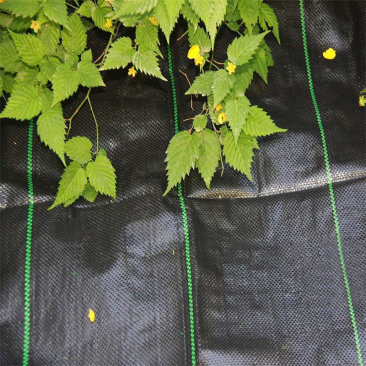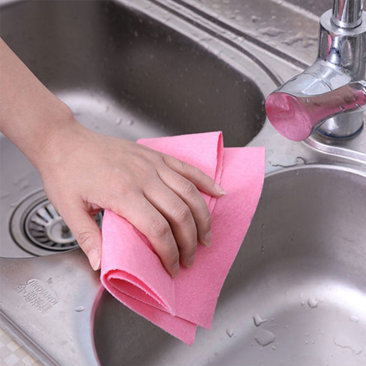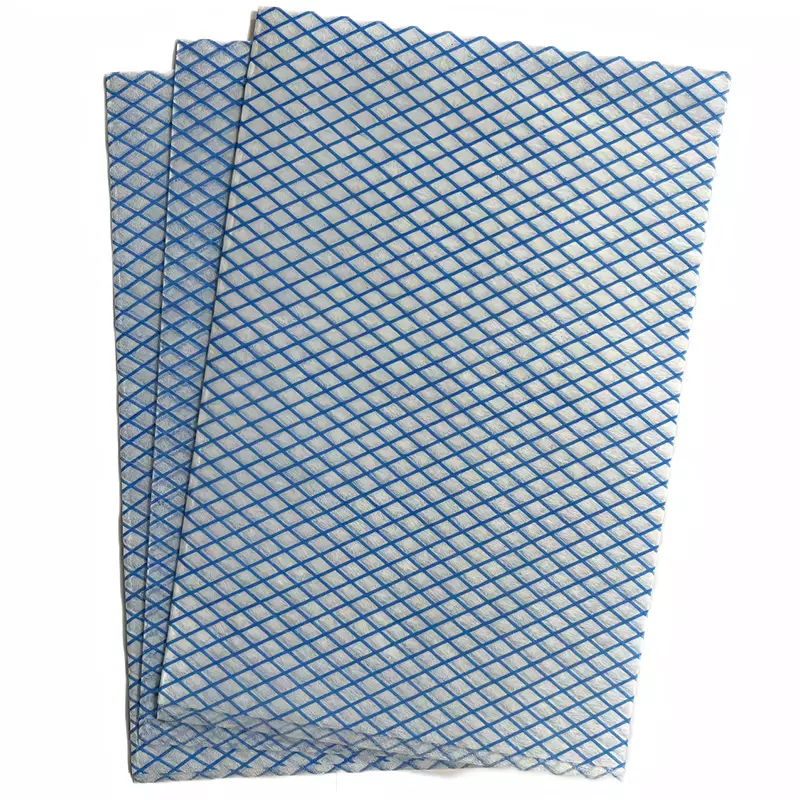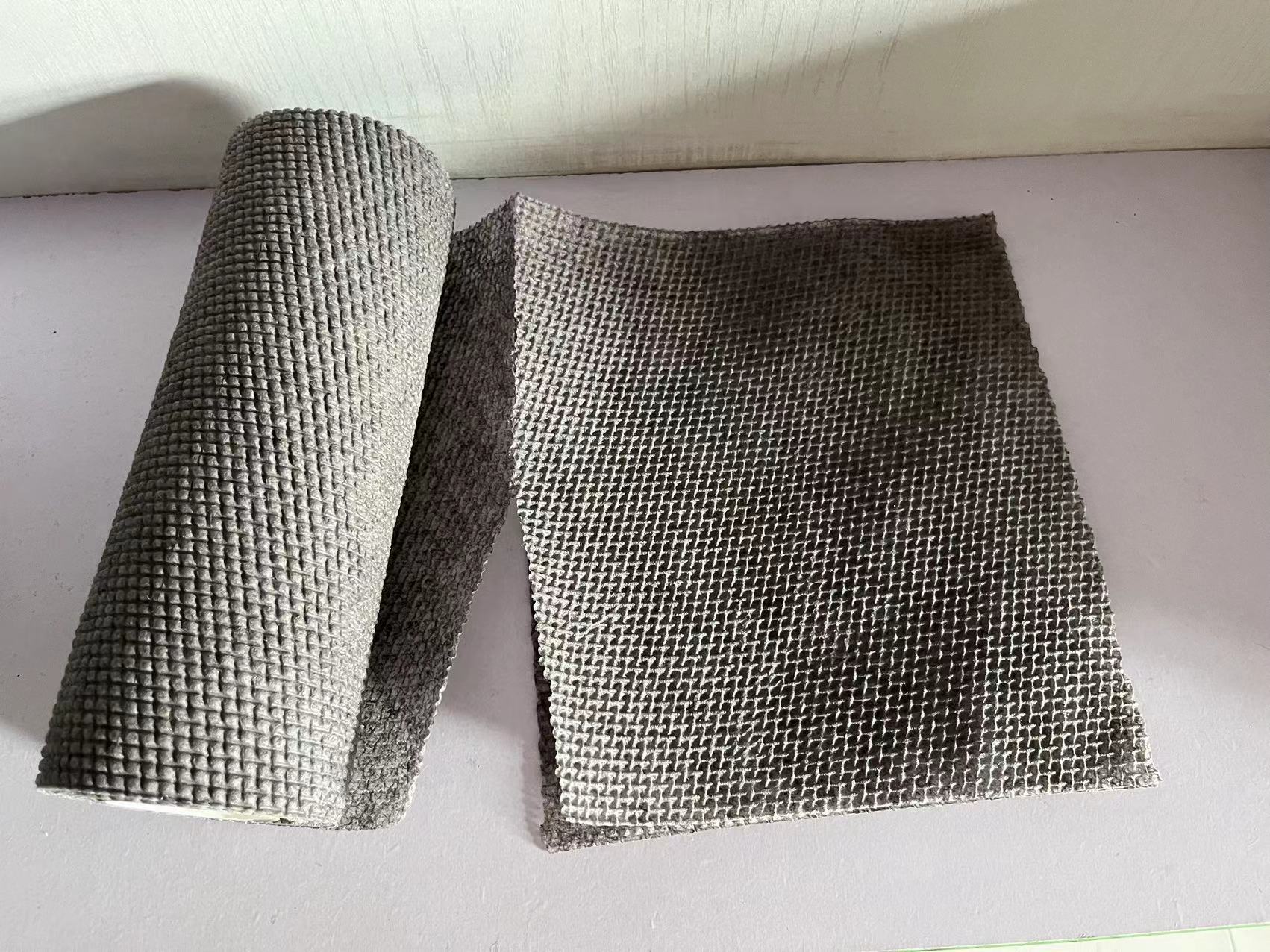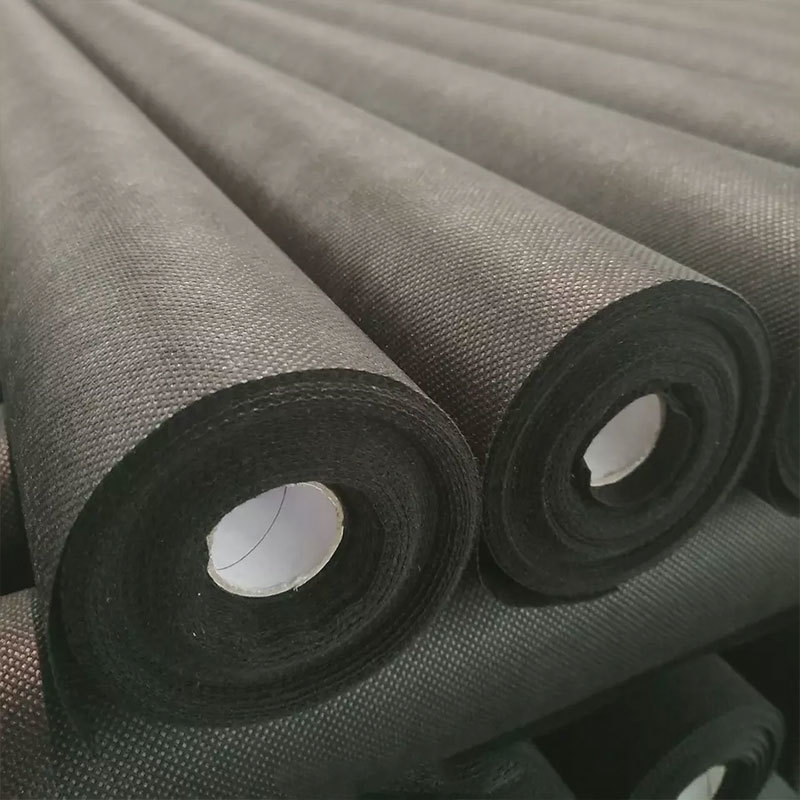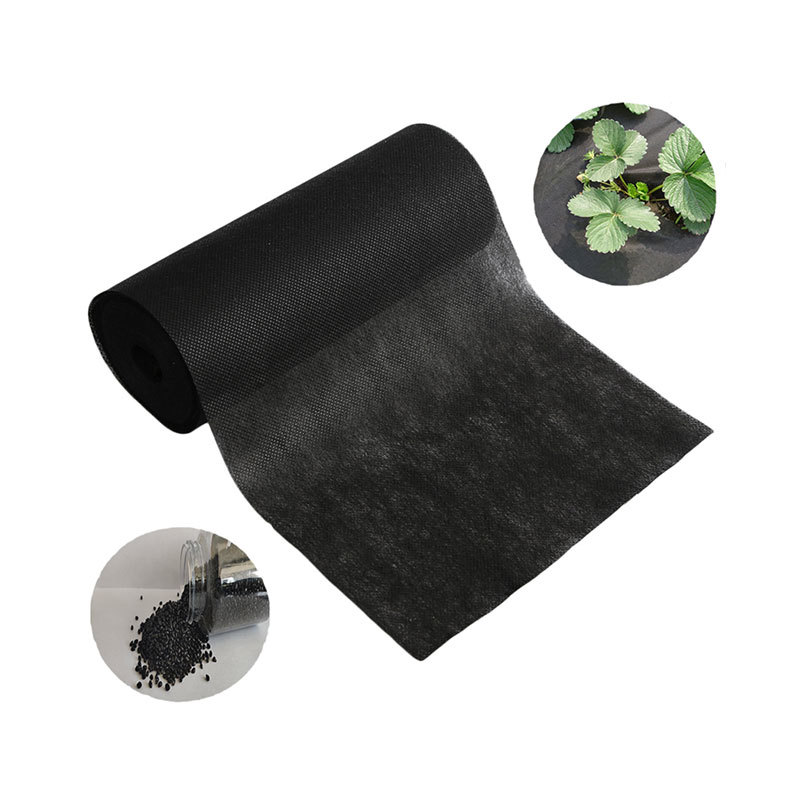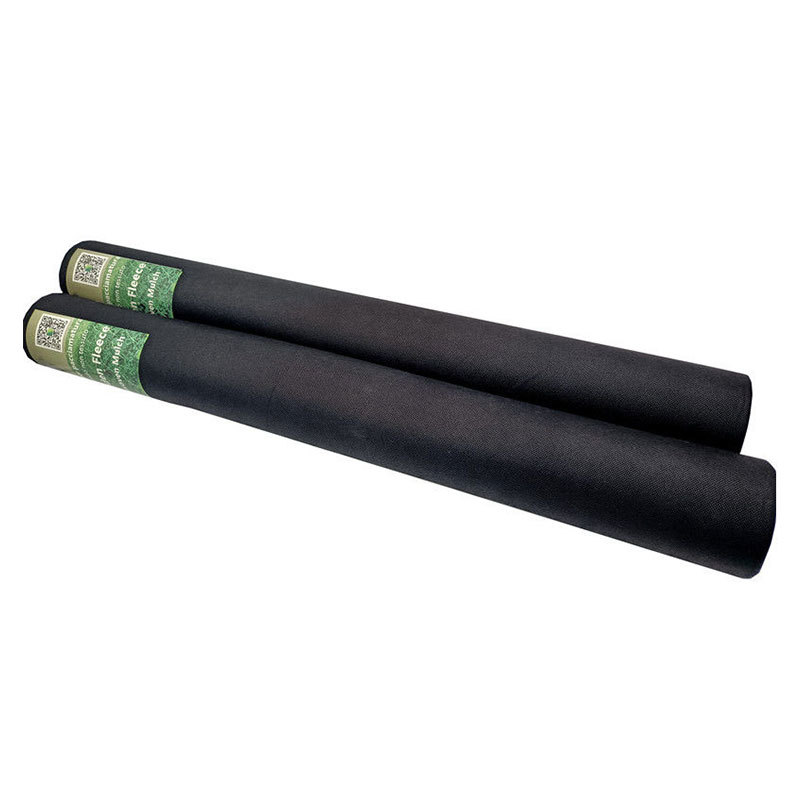03
2025
-
07
A Comprehensive Guide to Choosing the Right Garden Ground Cover Fabric
A Comprehensive Guide to Choosing the Right Garden Ground Cover Fabric Table of Contents What is Ground Cover Fabric? The Importance of Using Ground Cover Fabric in Your Garden Different Types of Ground Cover Fabric 1. Woven Ground Cover Fabric 2. Non-Woven Ground Cover Fabric 3. Biodegradable Ground Cover Fabric How to Ch
A Comprehensive Guide to Choosing the Right Garden Ground Cover Fabric
Table of Contents
- What is Ground Cover Fabric?
- The Importance of Using Ground Cover Fabric in Your Garden
- Different Types of Ground Cover Fabric
- How to Choose the Right Ground Cover Fabric for Your Garden
- Essential Installation Tips for Ground Cover Fabric
- Maintenance and Care for Ground Cover Fabric
- Common Issues with Ground Cover Fabric and Their Solutions
- Frequently Asked Questions
What is Ground Cover Fabric?
Ground cover fabric is a specialized landscaping material designed to suppress weeds, conserve soil moisture, and promote healthy plant growth. This fabric acts as a barrier between the soil and the external environment, allowing water and nutrients to penetrate while preventing the growth of unwanted weeds. Gardeners often choose ground cover fabrics for their durability and effectiveness in creating a healthy garden ecosystem.
The Importance of Using Ground Cover Fabric in Your Garden
Utilizing ground cover fabric in your garden offers several advantages:
1. **Weed Control**: Ground cover fabrics significantly reduce weed growth by blocking sunlight and preventing weed seeds from germinating.
2. **Soil Moisture Retention**: The fabric helps maintain soil moisture by reducing evaporation, ensuring that your plants receive the water they need.
3. **Erosion Prevention**: In areas prone to erosion, ground cover fabric stabilizes the soil, preventing loss of topsoil and promoting a healthier landscape.
4. **Temperature Regulation**: The fabric can help regulate soil temperature, providing a more stable environment for plant roots.
5. **Aesthetics**: Using ground cover fabric can lead to a tidier garden appearance, providing a clean and organized look.
Different Types of Ground Cover Fabric
Understanding the different types of ground cover fabric available can help you make an informed decision when selecting the best option for your garden.
1. Woven Ground Cover Fabric
Woven ground cover fabric is made from interlaced polypropylene or similar materials. This type of fabric is durable, allowing water and nutrients to pass through while blocking light, which prevents weed growth. Woven fabrics are suitable for perennial gardens and landscapes with moderate foot traffic.
2. Non-Woven Ground Cover Fabric
Non-woven ground cover fabrics are created through a process of bonding fibers rather than weaving them together. These fabrics are typically more permeable, allowing for excellent drainage and airflow. Non-woven fabrics are ideal for gardens that require good moisture retention, such as vegetable gardens or newly planted areas.
3. Biodegradable Ground Cover Fabric
Biodegradable ground cover fabrics are made from natural materials like jute or coir. These fabrics break down over time, enriching the soil as they decompose. They are an excellent choice for environmentally conscious gardeners looking to promote sustainability while suppressing weeds.
How to Choose the Right Ground Cover Fabric for Your Garden
Selecting the appropriate ground cover fabric depends on various factors, including:
1. **Plant Types**: Consider the types of plants you intend to grow. If you're planting perennials, woven fabric may be your best option. For vegetables, non-woven or biodegradable fabrics might be more suitable.
2. **Garden Design**: Take into account your garden's layout and design. High-traffic areas may benefit from more durable, woven fabrics, while decorative flower beds might work well with non-woven or biodegradable options.
3. **Climate Conditions**: Evaluate your local climate. Hotter climates may require fabrics that promote moisture retention, while cooler areas may need more breathable options.
4. **Soil Type**: Assess your soil type and drainage capabilities. Non-woven fabrics are often ideal for heavy clay soils, while woven fabrics can work better in sandy soils.
5. **Budget**: Different fabrics come at varying price points. Determine your budget and choose a fabric that offers the best value for your specific needs.
Essential Installation Tips for Ground Cover Fabric
Proper installation of ground cover fabric is crucial for achieving the desired benefits. Follow these tips to ensure a successful application:
1. **Prepare the Soil**: Clear the area of weeds, rocks, and debris. Loosen the soil to allow for proper drainage and installation of the fabric.
2. **Lay the Fabric**: Unroll the ground cover fabric, ensuring it overlaps adjacent sections by 6 to 12 inches. This prevents weeds from sneaking through seams.
3. **Secure the Fabric**: Use landscape staples or pins to secure the fabric to the ground. Space them every 1 to 3 feet, especially along edges and seams.
4. **Add Mulch**: Cover the fabric with a layer of mulch, such as wood chips or bark. This not only enhances the aesthetic appeal but also provides added weed suppression and moisture retention.
5. **Monitor and Adjust**: Regularly check the fabric for signs of wear or damage. Make necessary adjustments or repairs to maintain its effectiveness.
Maintenance and Care for Ground Cover Fabric
To keep your ground cover fabric functioning optimally, regular maintenance is essential. Here are key aspects to consider:
1. **Weed Inspection**: Although ground cover fabric effectively suppresses weeds, some may still penetrate through seams or holes. Regularly inspect the area and remove any emerging weeds.
2. **Mulch Replacement**: Over time, mulch may decompose or wash away. Refresh the mulch layer as needed to maintain moisture retention and prevent weed growth.
3. **Fabric Inspection**: Periodically check the ground cover fabric for tears, holes, or signs of degradation. Repair any damage promptly to ensure continued effectiveness.
4. **Soil Health**: Incorporate organic matter into the soil beneath the fabric to promote healthy plant growth. Consider using compost or well-rotted manure.
Common Issues with Ground Cover Fabric and Their Solutions
Despite its benefits, you may encounter some issues when using ground cover fabric. Here are common problems and how to address them:
1. **Weeds Growing Through Fabric**: If weeds appear, inspect for gaps in the fabric or areas where soil has settled. Repair gaps and ensure proper overlap.
2. **Fabric Degradation**: Exposure to UV rays can cause some fabrics to break down over time. Replace degraded fabric promptly to maintain the protective barrier.
3. **Soil Compaction**: Heavy foot traffic can compact soil beneath the fabric, reducing water penetration. Avoid excessive walking on the fabric, and consider using stepping stones or paths.
4. **Moisture Accumulation**: If water pools on top of the fabric, it may indicate poor drainage. Ensure the installation was done correctly and consider elevating the soil beneath the fabric.
Frequently Asked Questions
1. How long does ground cover fabric last?
The lifespan of ground cover fabric varies depending on the type and quality. Woven fabrics can last up to 10 years, while biodegradable options typically last 1 to 3 years.
2. Can I plant directly into ground cover fabric?
Yes, you can plant through ground cover fabric. Make slits or holes to insert plants, ensuring to keep the fabric in place around the base of each plant.
3. Is ground cover fabric safe for vegetable gardens?
Most ground cover fabrics are safe for vegetable gardens, especially non-woven and biodegradable options. Always check product labels for specific recommendations.
4. Do I need to remove ground cover fabric after a season?
No, ground cover fabric is designed for long-term use. However, it should be inspected and maintained regularly.
5. Can I use ground cover fabric under decorative rocks?
Absolutely! Ground cover fabric can be used under decorative rocks to prevent weed growth while allowing water to penetrate.
Conclusion
Choosing the right garden ground cover fabric is essential for creating a flourishing garden environment. By understanding the different types of fabrics available and following proper installation and maintenance practices, you can significantly enhance your garden's health and aesthetics. Whether you aim to suppress weeds, retain moisture, or stabilize soil, the right ground cover fabric can make all the difference. Take the time to analyze your garden's specific needs, and enjoy the bounty of a well-maintained outdoor space.
garden ground cover fabric


